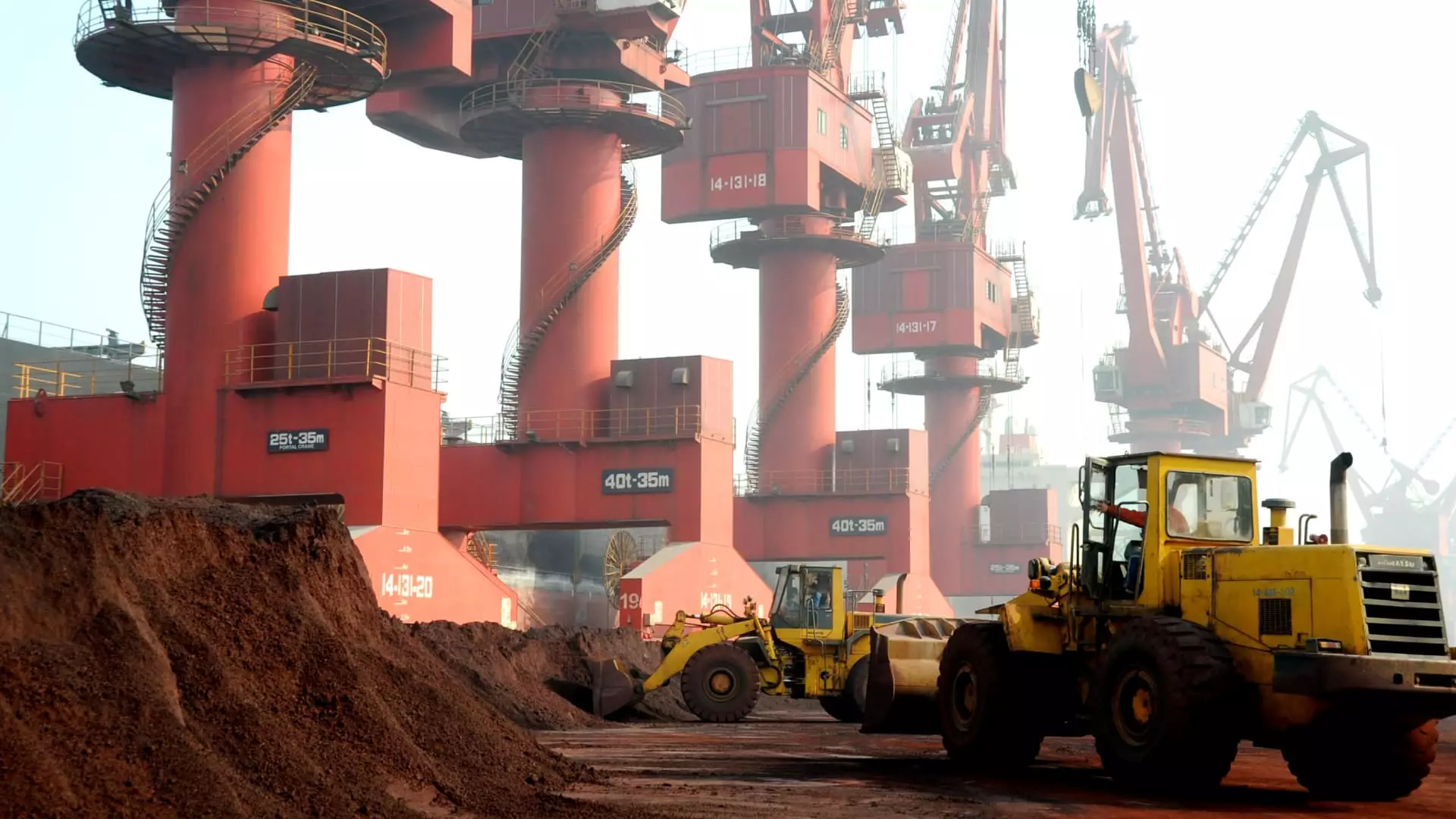In the intricate world of critical minerals, tungsten occupies a unique position due to its hardness and heat resistance, essential for applications ranging from advanced electronics to military weaponry. As global tensions, particularly between the U.S. and China, intensify, the landscape of tungsten supply and demand is undergoing a significant transformation. With China now imposing export limits on this vital metal, it marks a pivotal moment in the ongoing battle for control over critical mineral resources.
Historically, China dominated the tungsten market, flooding it with inexpensive supplies that decimated competition and allowed it to capture approximately 80% of the global supply chain, according to analysts. This dominance was achieved through strategies to undermine rival producers while establishing an almost monopolistic control over the tungsten trade. However, recent developments reveal a strategic pivot as China announces export restrictions on tungsten, effective December 1. This shift aligns with China’s broader policy objectives, aiming to regulate the export of “dual-use” goods—products with both civilian and military applications.
The Ministry of Commerce in China has set up a rigorous licensing requirement for companies looking to export tungsten products, reflecting a potential new outlook on resource management that emphasizes national security over market dominance.
China’s export limitations come at a time when American policymakers are increasingly wary of reliance on Chinese minerals amid rising geopolitical tensions. The U.S. Defense Department has already taken a significant step by prohibiting contractors from using tungsten sourced from China beginning in January 2027. This restriction has spurred a sense of urgency for finding alternative supply sources outside of China.
Despite the announcement of export limits, the immediate market response has been relatively muted. Analysts assert that for mining operations to become profitable again, tungsten prices would need to rise significantly—by as much as $50 per metric ton—to incentivize new mining ventures. At present, prices hover around $335 per metric ton of ammonium paratungstate. The question remains whether these price adjustments can be achieved in a global market that is in transition.
The U.S. Response: Tariffs and Domestic Initiatives
In the face of China’s tungsten export restrictions, the U.S. has concurrently increased tariffs on Chinese tungsten by 25%, further complicating the landscape for U.S. manufacturers and stakeholders. Such tariffs are generally supported within domestic circles as a way to bolster local industries, with some interests even calling for an increase to 50% to further protect national manufacturers.
The prospect of rekindling the U.S. tungsten mining sector is gaining traction, although the journey back to robust mining operations is fraught with challenges. One of the most promising projects lies in South Korea, where Almonty Industries aims to revitalize the Sangdong tungsten mine, which has been dormant since 1994. With the potential for significant output by 2025, this project symbolizes a broader trend towards “friendshoring,” where U.S. manufacturers seek reliable partnerships outside of China.
New Players and Projects on the Horizon
As the demand for tungsten continues to grow, and with China’s influence receding, opportunities for non-Chinese sources are emerging. Almonty’s operations in South Korea are just one example of the changing dynamics in the tungsten market. Another Canadian small-cap company, Demesne Resources, is poised to acquire the IMA tungsten mine in Idaho with plans to commence production as early as spring. Historical records suggest that the IMA mine holds notable reserves not only of tungsten but also of silver and molybdenum, highlighting the potential for multifaceted resource extraction.
With the U.S. Geological Survey identifying around 100 locations across the country rich in tungsten, the foundation for a renewed U.S. tungsten mining industry is being laid. However, such investments will require a favorable economic outlook and supportive government policies to come to fruition.
Looking Ahead: Stabilizing Prices and Market Growth
Looking forward, analysts predict that global tungsten prices might stabilize as supply increases from projects like Sangdong alongside developments in regions such as Kazakhstan, Australia, and Spain. Growing demand for tungsten outside of China, coupled with advancements in mining technology and practices, will likely lead to a healthier market environment.
While China’s recent policy changes mark a dramatic turn in the tungsten narrative, they also set the stage for a broader reevaluation of global mineral supply chains. The U.S. and other nations are poised to fill the vacuum left by China’s ascendancy, but it will take concerted efforts from both governments and industries to rebuild and sustain a balanced tungsten ecosystem. The coming years will be critical in determining how effectively these emerging opportunities are harnessed.

